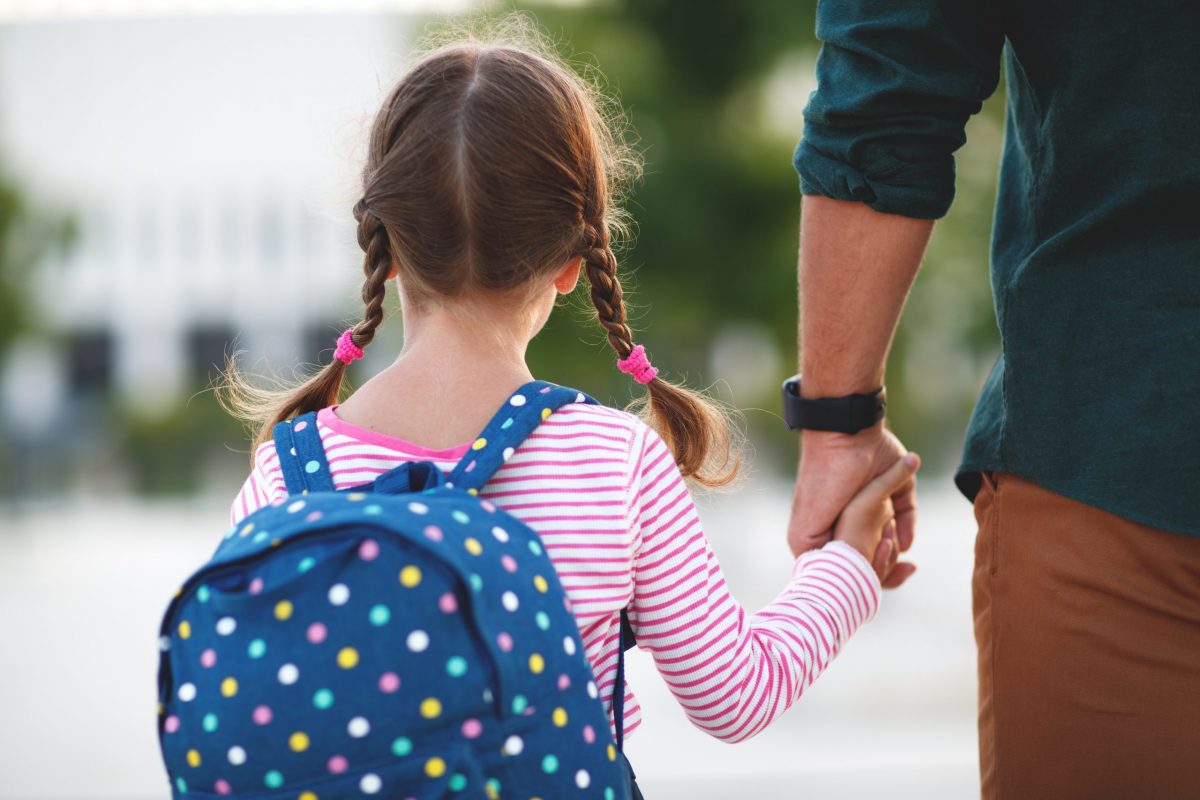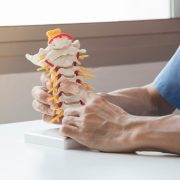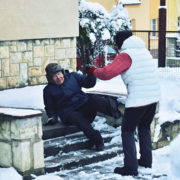
As a parent, few things are more important than protecting your children. However, children do not always place the same priority on their own well-being. Whether they are clumsy, reckless, or simply unaware of potential danger, children frequently injure themselves.
When injuries occur, it is your job to know what to do and who to take them to. Keep reading to learn about back-to-school safety. Learn about the most common injuries for school children, how to prevent them, and where to go if they need medical assistance from the experts at EmergeOrtho—Triangle Region.

Common Injuries from Student Accidents
Once your children start preschool or elementary school, they will not have the same supervision you provided for them at home. Teachers need to simultaneously manage over a dozen kids at once. As a result, potentially dangerous activities or actions could slip through the cracks and result in injuries. The four most common types of injuries at school include:
- Skin injuries
- Bone and joint injuries
- Impact injuries
- Foreign objects
Skin Injuries
Skin injuries are common, and often do not require outside medical attention. They can occur from any number of childhood activities, and may even be a good sign that your children are active and explorative. There are three common types of skin injuries:
- Lacerations: Wounds typically caused by sharp objects that go through the skin and into fat tissue.
- Abrasions: Surface wounds usually resulting from a fall that does not go through the skin.
- Bruises: Wounds that cause internal bleeding into the skin from compromised blood vessels. These can occur with or without a laceration or abrasion injury.
Most skin injuries your child experiences will heal with a bandaid and store-bought antiseptic. But, if the injury fits any of the following descriptions, your child needs professional medical attention. You should not treat a wound that is:
- Gaping or split open
- On the face and is longer than 1/4 inch
- On the body and is longer than 1/2 inch
Bone and Joint Injuries
Similar to skin injuries, bone and joint injuries are very common. Unlike skin injuries however, they frequently require outside medical attention. They can occur while on the playground, closing doors or drawers, or during any number of childhood play accidents. Bone and joint injuries fall into three categories:
- Sprains
- Dislocations
- Breaks
Sprain Injuries
Sprain injuries occur when the ligaments that hold a joint together stretch beyond their limits. When your child stretches a ligament too far, it develops small tears that cause pain and inhibit normal movement. In severe cases, the ligament can even tear through—requiring surgical intervention.
Dislocation Injuries
A dislocation injury occurs where two bones meet—a joint. If your child twists or impacts a joint, they may dislodge one of the bones from its connecting joint. Dislocations often cause pain and temporary deformity to the bone and joint it affects. In children, dislocations most often occur in the fingers or shoulder.
Breaking Injuries
Often the result of a severe fall or crushing via a door or drawer, bone breaks require immediate medical attention. Without medical equipment and knowledge, it is impossible to know how severe the break is and what kind of remediation it calls for. In children, there are several types of breaks, including:
- Greenstick fractures
- Torus fractures
- Bend fractures
- Complete fracture
- Growth plate fracture
Avoiding Injuries by Teaching Student Safety
Unlike your own home, you have very little control over what your child’s school environment looks like. There will inevitably be sources of danger and the potential for injury. Therefore, your children need to be able to self-govern and keep themselves safe at school.
To accomplish that, educate them about school bus safety, classroom safety, and playground safety. If they know what could happen to them due to potentially dangerous actions, they will likely avoid doing them. For example, when they get hurt, use that experience as a learning opportunity. Outline what they did that led them to get hurt and make sure they understand not to do it again.
Finally, have a plan for who to take them to in the event of an injury. Despite your best back-to-school safety efforts as a parent, your child will surely injure themselves at some point. When that event occurs, knowing where to take them is essential.
Taking them to the best healthcare provider can make a world of difference in their healing process. From diagnosis to treatment to recovery, your child deserves to be back to their active lifestyle as soon as possible.
Make Your Back-to-School Safety Plan with EmergeOrtho
At EmergeOrtho—Triangle Region, we have treated thousands of children with the most advanced, effective treatments possible. If your child is injured, reserve your spot now at our urgent care clinic to skip the wait and get your child the care they need.








